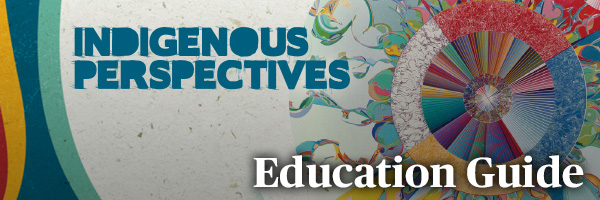
Context
The three original plaintiffs in Daniels v. Canada (1999) were the Congress of Aboriginal Peoples (CAP); Harry Daniels, then-president of CAP; and Leah Gardner, a Non-Status Anishinaabe woman from Ontario. They went to court seeking the following three declarations: that Métis and Non-Status Indians are Indians under section 91(24) of the Constitution Act, 1867; that the federal government has a fiduciary duty or responsibility to the Métis and Non-Status Indians; and that Métis and Non-Status peoples collectively have a right to be consulted and negotiated with in good faith by the federal government through representatives of their choice. (See alsoDuty to Consult.)
Trial Case
The case only went to trial in the Federal Court of Canada 12 years after it was first launched, in May 2011. In the interim, Harry Daniels died in 2004. The next year, his son Gabriel and Terry Joudrey, a Non-Status Mi’kmaq man from Nova Scotia, were added as plaintiffs. The six-week trial, which included 800 exhibits taken from more than 15,000 documents, ended on 30 June 2011. However, the court did not release its decision until 8 January 2013.
Judge Michael Phelan of the Federal Court of Canada ruled in 2013 that Métis and Non-Status peoples are Indians under the Constitution Act of 1867. However, Phelan did not grant the other declarations sought by the plaintiffs, concluding that Canadian law already favourably established these points.
Appeal
The federal government appealed this decision in October of that year in the Federal Court of Appeal. In April 2014, the appeal court upheld part of the original ruling. It decided that while Métis people fall under the category of Indians (in the 1867 Constitution), this recognition would only be extended to Non-Status people on a case-by-case basis. The Crown appealed again, and the case was heard in the Supreme Court of Canada in October 2015.
DID YOU KNOW?
Harry Daniels played an instrumental role in getting the Métis recognized as Aboriginal peoples in section 35 of the Constitution Act, 1867. While serving as president of the Native Council of Canada (now the Congress of Aboriginal Peoples) in the late-1970s and early-1980s, Daniels attended constitutional negotiations in Ottawa — talks that eventually led to the patriation of the Constitution.
Supreme Court of Canada Decision
The Supreme Court reinstated the Federal Court’s original decision on 14 April 2016. It ruled unanimously that under the Constitution Act, 1867, the federal government is responsible for all Indigenous peoples, including nearly 600,000 Métis and Non-Status peoples. The court did not, however, grant the plantiffs’ additional declarations, arguing that this would be restating existing law.
The Supreme Court commented that Métis and Non-Status peoples have been subjected to a “jurisdictional wasteland” and “tug-of-war” since both the federal and provincial governments have denied responsibility for, and legislative authority over, these peoples. The court reaffirmed the Crown’s fiduciary duty to consult with Indigenous peoples when they have credibly asserted or established their rights and claims. This means that the federal government has an obligation to negotiate with Indigenous peoples on issues such as land rights, based on the legal principles set out in cases such as Haida Nation v. British Columbia (Minister of Forests), Tsilhqot’in Nation v. British Columbia and R. v. Powley.
The Daniels decision does not grant Indian Status to Métis or Non-Status peoples; instead, it clarifies that that Métis and Non-Status peoples should turn to the federal government for improved programs and services, such as education, housing and health care, rather than to provincial governments. (See alsoIndigenous Peoples and Government Programs in Canada). At the same time, the decision does not void provincial legislation relating to Métis and Non-Status peoples.
Impact
For many Métis peoples, the Daniels case was a step towards reconciliation. As Métis National Council president Clément Chartier said of the decision, “It’s a great victory for all Aboriginal peoples or the parties that were affected by this case.” Justice Rosalie Abella, one of the presiding Supreme Court judges of the case, echoed that sentiment, stating that the ruling should provide a new degree of certainty and government accountability. She added, “Reconciliation with all of Canada’s Aboriginal peoples is Parliament’s goal.”
Some Métis peoples also view the Daniels decision as a starting point for those seeking land claims, even though the ruling does not obligate the Crown to negotiate treaties with the Métis. As Chartier said, “Finally, s. 91(24)…means that the federal government has the jurisdictional mandate… to conclude a reconciliation of our rights, including our right to a land base and self-government.” Until the Daniels case, the federal government argued that it could not legislate on matters regarding the Métis. Therefore, the 2016 ruling could result in new discussions, negotiations and possible litigation with the federal government over land claims and access to education, health programs and other government services. Prime MinisterJustin Trudeau said the federal government would work together with Indigenous leadership to figure out the path forward for a landmark ruling that will have “broad consequences.”

 Share on Facebook
Share on Facebook Share on X
Share on X Share by Email
Share by Email Share on Google Classroom
Share on Google Classroom


